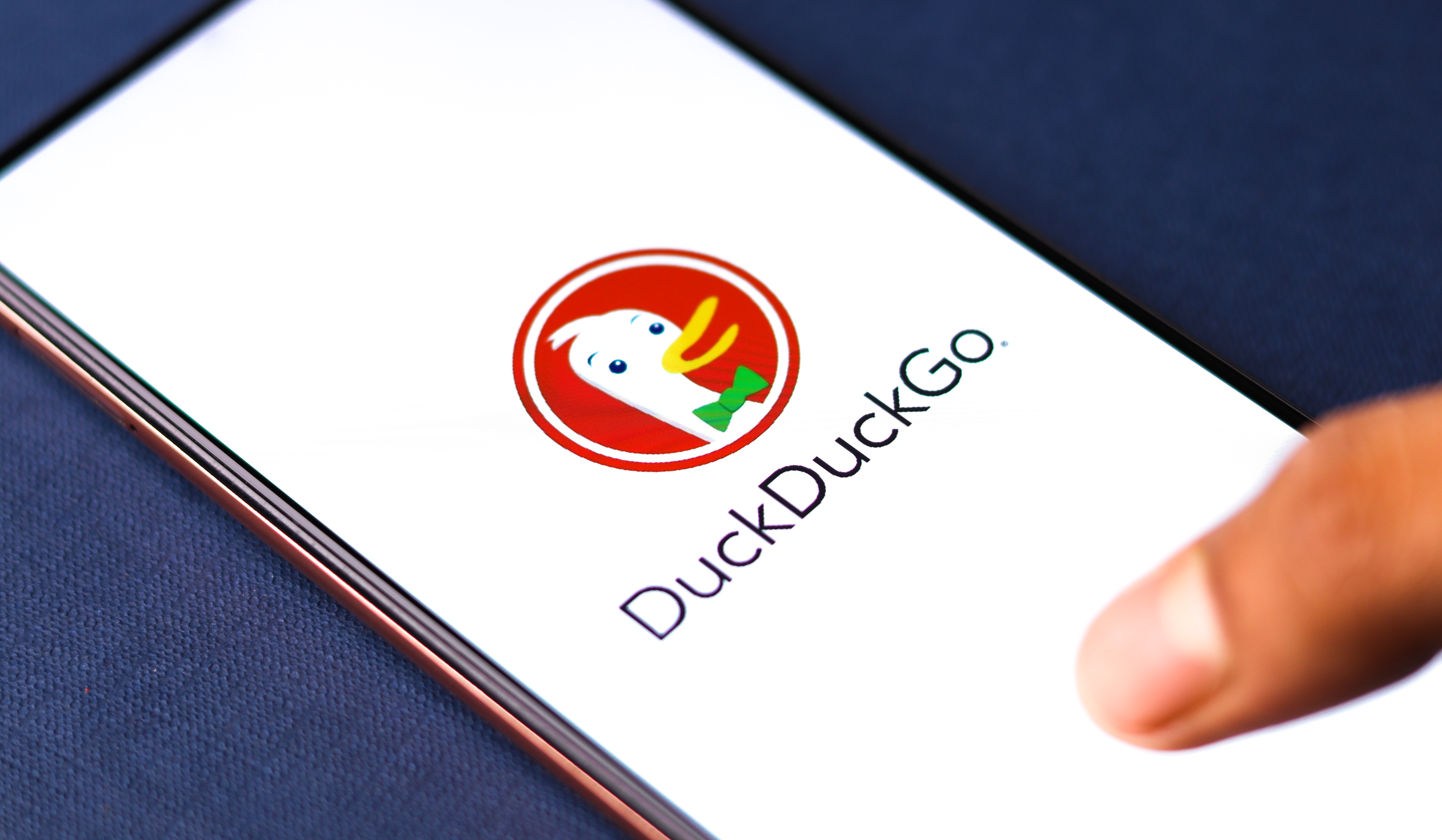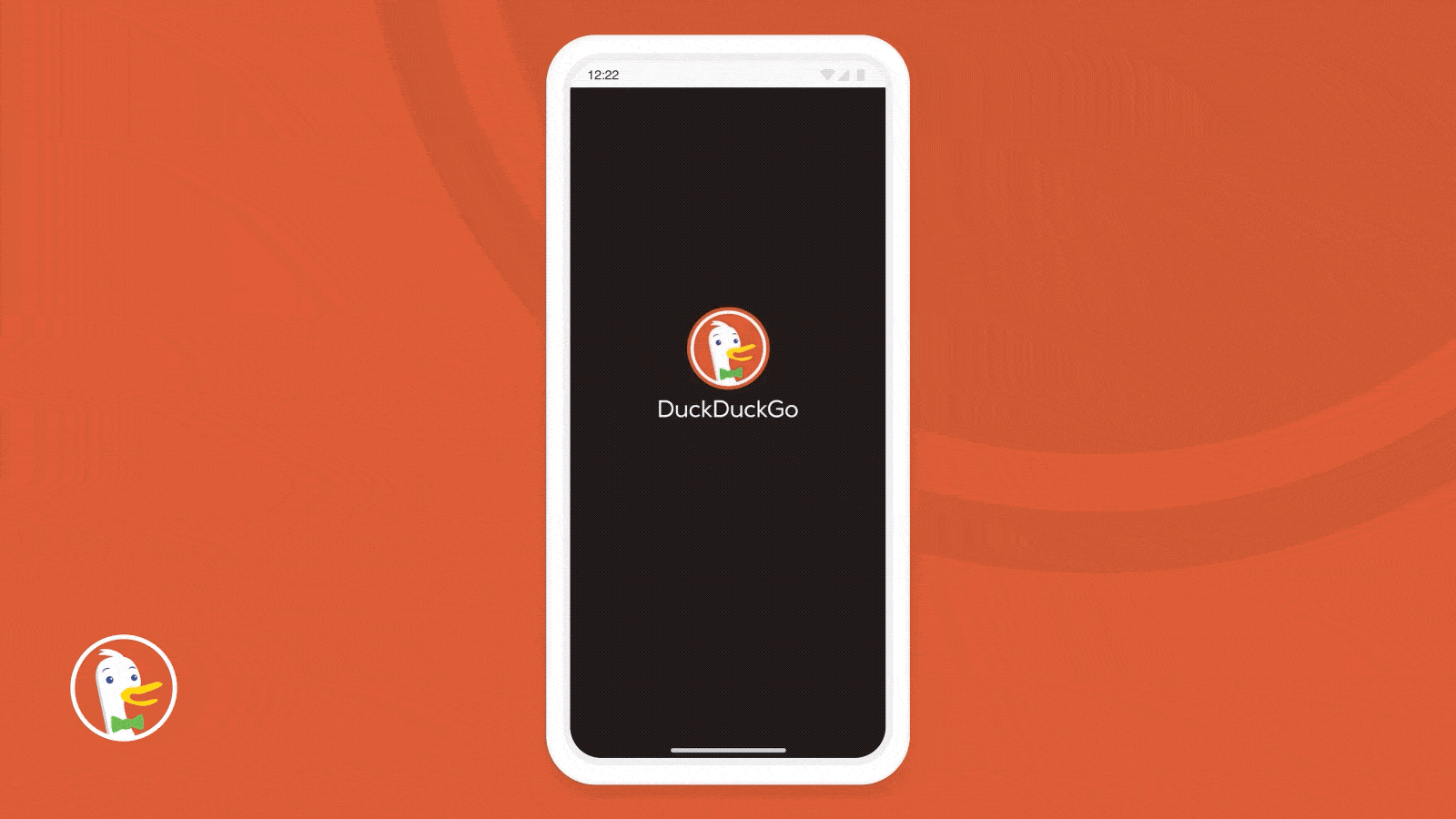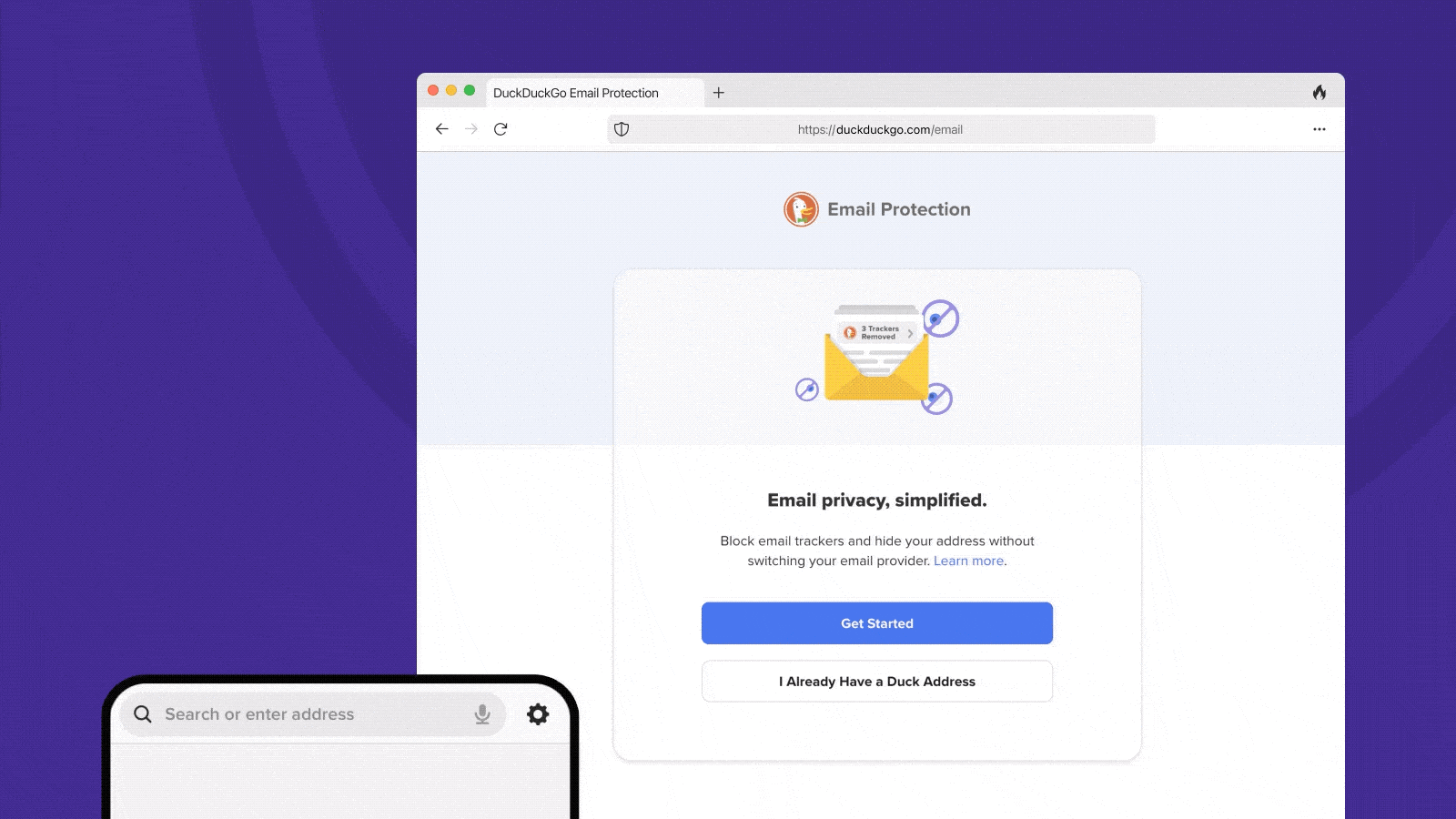Anyone can sign up for DuckDuckGo’s email privacy service — here’s how
Email Protection from DuckDuckGo is now in open beta

If you are tired of companies tracking whether or not you opened an email, DuckDuckGo has a tool you’re going to love.
Back in July 2021, DuckDuckGo announced that it was launching Email Protection, an email forwarding service aimed at removing email trackers. This service initially required users to sign up for a private beta, but as of today, DuckDuckGo has opened the beta to all users. Great news since DuckDuckGo’s beta testing has shown that 85% of emails contain hidden email trackers.
This service is totally free and you can sign up either in the DuckDuckGo mobile app (iOS/Android) or by adding the DuckDuckGo browser extension on your computer. The service works on Chrome, Firefox, Edge and Brave. On Mac, there is also a DuckDuckgo browser app that is currently in beta that can be used to access the email forwarding service.
How does Email Protection work?

Email Protection is not an email client. It does not replace your existing email address but instead gives you a new email address to use when interacting with third parties, particularly businesses. You then provide this new @duck.com email address and your emails will be sent to that email address and then forwarded to your already existing email address.
Still a bit confused? Think of when you go shopping in-store and online, and how you are always asked for an email address to unlock a discount. Instead of providing your normal email address (for example, imaperson@gmail.com), you can provide your Personal Duck Address (imaperson@duck.com).
Then, when the store you shopped at inevitably sends you marketing emails — emails loaded with trackers — these emails will be sent to your Personal Duck Address. The trackers will then be removed (if possible) and you receive a tracker-free email in your normal inbox. You can even respond back through your normal email address and it will get routed through your Personal Duck Address as long as the original email came through Email Protection.

Another feature of Email Protection is that you can create “Unique Private Duck Addresses.” These can be created for use with specific websites, and make it harder for companies to track you through emails. You can also deactivate each Unique Private Duck Address in case you start getting spammed.
Sign up to get the BEST of Tom's Guide direct to your inbox.
Get instant access to breaking news, the hottest reviews, great deals and helpful tips.
The best part is since there is no DuckDuckGo email client, DuckDuckGo will not save your emails. As soon as DuckDuckGo receives an email sent to one of your Duck Addresses, it immediately removes the trackers (if possible) and then forwards it to you. At no point is it saved in its system.
DuckDuckGo Email Protection: How to sign up

To sign up, log into the DuckDuckGo mobile app on iOS or Android. Make sure you are upgraded to the latest version, then open Settings and select Email Protection. For those using a computer, navigate to duckduckgo.com/email while using a DuckDuckGo browser extension. The extensions exist on Firefox, Chrome, Edge and Brave, so the most popular internet browsers are covered. DuckDuckGo users on Mac can try the Mac-only browser app that is currently in beta.
Keep in mind that despite using Email Protection you still have to be careful online, even on a privacy-focused service like DuckDuckGo. Since DuckDuckGo doesn't create the emails they cannot guarantee that it will not include your forwarding address (your normal email address) or other potentially identifying data. Also, the DuckDuckGo mobile browser has been found in the past to block some trackers and not others, so take these promises of internet security with a grain of salt.

Malcolm has been with Tom's Guide since 2022, and has been covering the latest in streaming shows and movies since 2023. He's not one to shy away from a hot take, including that "John Wick" is one of the four greatest films ever made.
